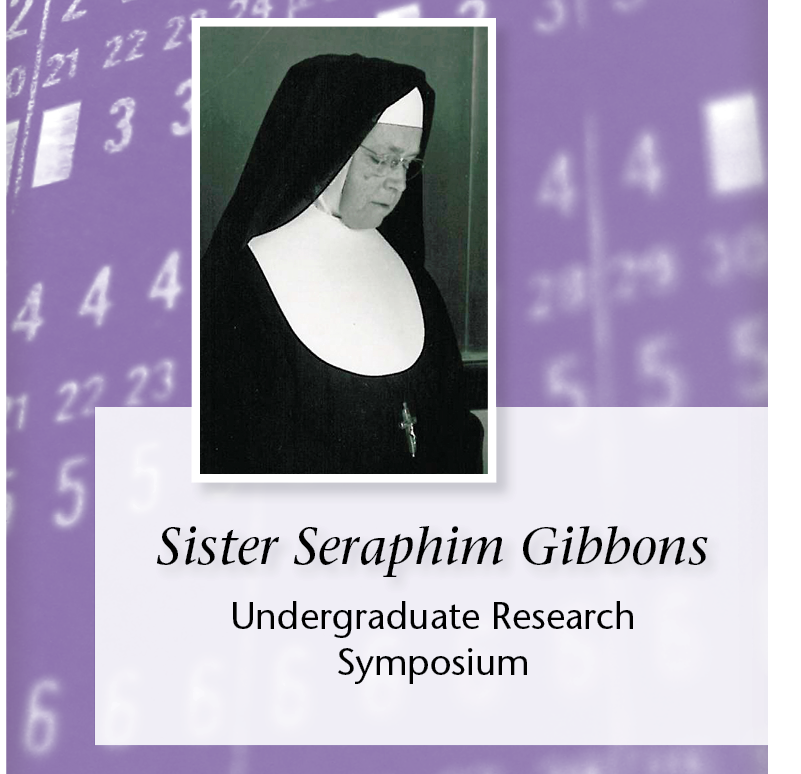Synthesis of a Methyl Cinnamate Analog
Faculty Advisor
Dr. James Wollack
Department
Chemistry
Synthesis of a Methyl Cinnamate Analog
Matsutake mushroom is a widely used ingredient in traditional Japanese cuisine. The well known spicy scent of this mushroom is due to methyl cinnamate. The synthesis of methyl cinnamate was completed in two steps. First, thionyl chloride was added to cinnamic acid to make an acid chloride. This acid chloride that was then subjected to Fisher esterification using methanol and acid to create methyl cinnamate. Dimethyldioxirane (DMD), synthesized in situ was added to the methyl cinnamate product to form another molecule, methyl 3-phenyloxirane-2-carboxylate. This synthesis required the use of a hazardous chemical, thionyl chloride. Thionyl chloride was replaced with a “greener” alternative, benzylbenzamide. Benzylbenzamide has relatively fewer hazardous complications than thionyl chloride. This greener alternative was also tested in the first step of the synthesis of the methyl cinnamate analog.
